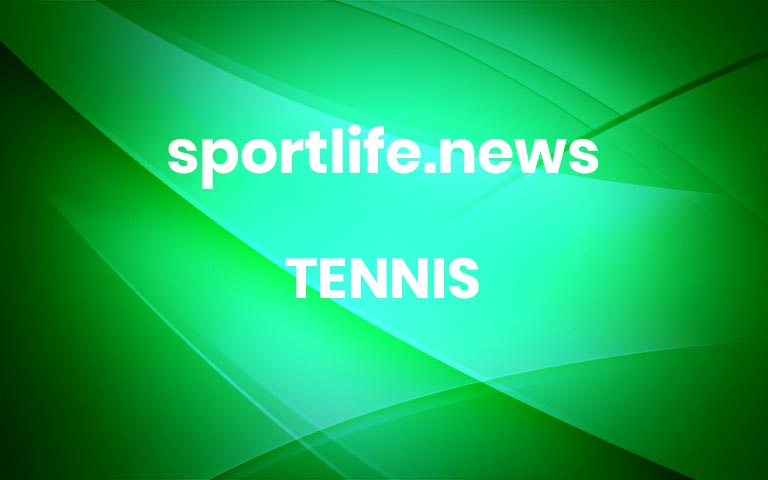Novak Djokovic Enters ATP Finals as Top Seed
He had his breakout year in 2008 and now, at age 36, is still ranked No. 1.For Novak Djokovic, his 2008 season, just a few years after he turned pro, was great by any measure. It was his breakout year.He not only won his first of six ATP Finals, but he began 2008 taking the Australian Open, the first of his 10 titles there and what would become 24 major championships overall.In the semifinals he upset the top seed, Roger Federer, and beat Jo-Wilfried Tsonga in the final. Djokovic also reached the semifinals at the French Open, where he fell to Rafael Nadal, and the United States Open, where he lost to Federer, also in the semifinals. Djokovic was just 21 at the time.By season’s end, Djokovic had won two other tournaments, including Masters 1000s in Indian Wells and Rome. That year solidified Djokovic as a bona fide member of what was to become known as the Big Three, alongside Federer and Nadal.“He played like a beast,” Nikolay Davydenko, who lost to Djokovic, 6-1, 7-5, in the 2008 final in Shanghai, said by email last month. “He’s a good runner, had good control and the best concentration on the tour. I had no chance.”Now, 15 years later, Djokovic, 36, is still leading the sport and enters the Finals as the top seed. This year has once again been one of his best. For the fourth time in his career he won three of the four majors and heads into the ATP Finals with a 51-5 record. Last Sunday, he captured his seventh Paris Masters championship and 40th career Masters 1000 title with a straight-sets win over Grigor Dimitrov.Djokovic beat the American Taylor Fritz in the quarterfinals of the U.S. Open in September. He won three of the four majors in 2023 for the fourth time in his career.Amir Hamja/The New York TimesThe ATP Finals begin Sunday at the Pala Alpitour in Turin, Italy, where Djokovic will try to win the event for a record seventh time. His chief competition is the second seed, Carlos Alcaraz, who spoiled Djokovic’s chance to become the third man to attain the Grand Slam when Alcaraz beat him in the final at Wimbledon in July.But Alcaraz has not won a tournament since the summer and was forced to pull out of an ATP event in Basel, Switzerland, last month because of foot and lower-back problems. He was then upset in his opening match at the Paris Masters by the qualifier Roman Safiullin.The six other singles players in the round-robin competition are Daniil Medvedev, Jannik Sinner, Andrey Rublev, Stefanos Tsitsipas, Alexander Zverev and Holger Rune. Djokovic is the defending champion, having beaten Casper Ruud in the final in 2022.“I obviously had a fantastic year so far,” Djokovic said just before the start of the Paris Masters last month. “I couldn’t ask for a better season. One match away from winning all four Slams is something I would sign [up] right away at the beginning of the season if someone told me that would be the case.”Djokovic in his Wimbledon final match against Carlos Alcaraz in July. Alcaraz won, spoiling Djokovic’s chance to become the third man to attain the Grand Slam.Glyn Kirk/Agence France-Presse — Getty ImagesDjokovic enters the ATP Finals as the all-time leader in weeks ranked No. 1 with 398. He could reach a milestone 400 weeks the day after the event ends. He has ended the year at No. 1 seven times, one more than Pete Sampras, who did it from 1993-98. All he has to do is win one round-robin match at the Finals to become this year’s No. 1, ahead of Alcaraz.In three of the six years that Djokovic has won the ATP Finals he ended the year top ranked. The only time his year-end No. 1 ranking came down to the championship match at the ATP Finals was in 2016, when he lost to Andy Murray, who took the year-end No. 1.These days, Djokovic stays motivated by the majors and by retaining his ranking. Stan Wawrinka, who has played Djokovic almost 30 times, knows the vagaries of competing against Djokovic at the year-end championships.“For me, it was something special to play Novak in the world tour finals,” Wawrinka said from the Paris Masters. “Playing him indoors, when he’s really focused and motivated, was always a big challenge. His game is amazing on all surfaces, but I would say indoors, that’s where he’s at his best.” More




